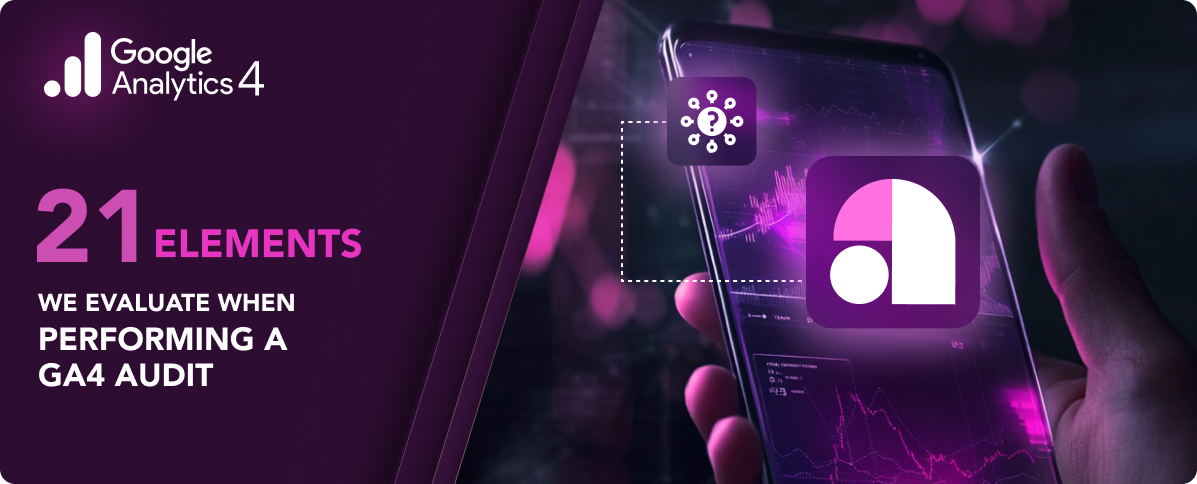Table of Contents
Hiring in today’s jobs landscape is complex and challenging, especially for organizations looking to fill higher-level, specialized, or technical positions.
One reason: not enough workers to fill the roles. The U.S. Chamber of Commerce estimates that as of May 2024 businesses in professional and business services had twice as many unfilled job openings compared to available workers.
Another complicating factor is retention or attrition: Gartner found that just 29% of IT workers responded that they had “high intent” to stick with the company they were currently working for.
Given the challenges, it’s not uncommon for hiring managers and HR departments to turn to outside help in filling certain roles.
But just what should this outside help look like? That’s a question certainly worth asking. Is the secret simply casting a wider net, getting your job post out to ever-larger audiences? Or is a more targeted approach the better choice?
We believe the data is clear: headhunting continues to be the gold standard in recruitment, outperforming passive recruiting methods in identifying and securing the best candidates.
What Is Headhunting?
Headhunting is a targeted approach to hiring that seeks out specific good-fit candidates for specific roles, regardless of whether that candidate is publicly looking for a new position. The specialists who perform this work, often called headhunters, reach out directly to professionals with job offers, usually ones designed to be more attractive than the candidate’s current role.
Because headhunting is more labor intensive than other recruiting strategies, it’s usually used for high-level roles (such as the “head” of the organization) as well as for technical and specialist positions where workers are in high demand.
Headhunting goes by other names, including executive search and passive recruiting. (We avoid the latter term because it can cause confusion: the recruiting is very much active, but the candidates are passive in that they are not looking for a new job.)
How Is Headhunting Different From Traditional Recruiting?
Both headhunting and traditional recruiting target specific individuals for recruitment purposes. The difference is in which people they target.
Headhunters target professionals who are typically already employed and who aren’t actively or publicly looking for a new position. They may also consider active candidates; their primary goal no matter the source is to identify the best possible professional for a specific role.
Traditional recruiters, on the other hand, search only among active candidates — those open to work or actively searching for a new position. They may work from lists of active candidates or pull in applications by posting a position widely, but they don’t regularly reach out to candidates who are already employed and not looking for something new.
Why Headhunting Continues to Outperform Traditional Recruiting Methods
There are several reasons why headhunting continues to outperform other methods of recruiting, including the ones we’ve listed below.
1a. Traditional recruiting must vet interested bad-fit candidates
Traditional recruiting approaches tend to result in numerous job applications from people who are quite motivated to get hired. Among all those applications there may be one or more strong candidates, but the recruiter — and internal decision-makers, like a department head or hiring manager — must be sure to vet every application carefully.
Additionally, this vetting is getting tougher: in an age of AI-generated resumes, anyone can claim just about anything in nearly perfect professional English.
1b. Headhunting surfaces only proven candidates
Headhunting, on the other hand, “pre-vets” its candidates in a way. By limiting the job search to qualified candidates already doing the work (just for some other company), headhunters produce a higher caliber of candidate overall.
2a. Traditional recruiting ignores the best of the talent pool
First, a caveat: there are all sorts of reasons why a professional may end up out of work, including reasons that are no fault of the individual. When Google or Amazon shutters an entire division, a bunch of highly qualified professionals suddenly find themselves looking for a new opportunity.
But it remains true that in the big picture the best of any given talent pool is more likely to be currently employed. So if your recruiting approach ignores the already-employed, you’re by definition ignoring some of the best talent out there for a given role.
2b. Headhunting limits its focus to the best of the talent pool
In contrast, headhunting focuses with precision on exactly the part of the talent pool that traditional recruiting ignores: the best possible candidates. Sure, it may be more work to attract and hire from this pool. But no one said getting the best would be the path of least resistance!
3a. Traditional recruiting creates too much noise
Another issue is the amount of noise or static generated by traditional recruiting methods.
To see what we mean, open up LinkedIn, search for any tech job, and click a few listings. “Be among the first 795 to apply!” doesn’t exactly instill confidence in job searchers, but imagine being on the other end of all that noise. Sure, there are technology tools like ATS that help to thin out the pile of resumes, but it’s still a lot to deal with.
Whether that work falls to an external recruiter or an internal hiring manager is irrelevant: the right candidate is hidden somewhere in all that noise, but digging through and finding that person isn’t easy.
3b. Headhunting eliminates the static
Because headhunting generates a much smaller pool of applicants, each of whom has already been pre-vetted, there just isn’t any static to deal with. Every candidate is worth evaluating, so you won’t risk “resume fatigue” or losing good candidates in a deluge of applications.
4a. Traditional recruiting is reactive
To one degree or another, traditional recruiting is reactive: the most active traditional recruiting is still reacting to the jobs market, looking at candidates who have already indicated their desire to find a new position. On the less active end of the spectrum, traditional recruitment may look like simply waiting for the applications to roll in, then reacting based on who found the job post and bothered to apply.
No matter where your definition of recruiting falls on that spectrum, it’s still an entirely reactive process. Nothing can happen until others express interest.
4b. Headhunting is proactive
Headhunters approach people who aren’t looking for a new job. This is by definition proactive work: you need a specific capability or specialization, and your headhunter proactively goes out and finds the right candidates.
Think of it as the difference between house-shopping with a high-powered real estate agent working at your region’s largest brokerage versus Zillow-surfing while working with an inexperienced part-time real estate agent.
One of those approaches can proactively find you leads even before they hit the open market. The other reacts to what’s left after the proactive agents and buyers are through.
5. Headhunting is often quicker than traditional recruiting
One more aspect to consider is your hiring timeline. Because headhunting is more of a precision art, it delivers a smaller, more targeted set of candidates who need less vetting and due diligence. Often the overall hiring timeline is shorter with a headhunter than with traditional recruiting.
Because traditional recruiting and hiring must work through a larger pool of resumes, do more aggressive vetting, and possibly communicate with more candidates, it’s often a slower process.
Just One Drawback
Headhunting is better than traditional recruiting in each of the categories we’ve considered. There’s just one drawback: price.
Using legacy methods, headhunting is quite costly. For high-value positions, the results justify the cost. But if you need to hire a hundred junior developers? Headhunting would be hard to justify — perhaps not even desirable if budget were no concern.
Notice we said “using legacy methods,” though: thanks to technology innovations from Pumex, the headhunting process is evolving — and democratizing.
The Pumex Difference
Pumex now makes it possible to engage in proactive headhunting in ways that didn’t exist just a few years ago. We leverage the best of human experience and networking with powerful AI-driven technology solutions to deliver proactive targeted leads that close the gap between headhunting and recruiting.
Pumex is making headhunting accessible to a wider range of companies, for a wider range of positions. And it’s supercharging what professional recruiters and headhunters alike are able to accomplish for their clients.

















































